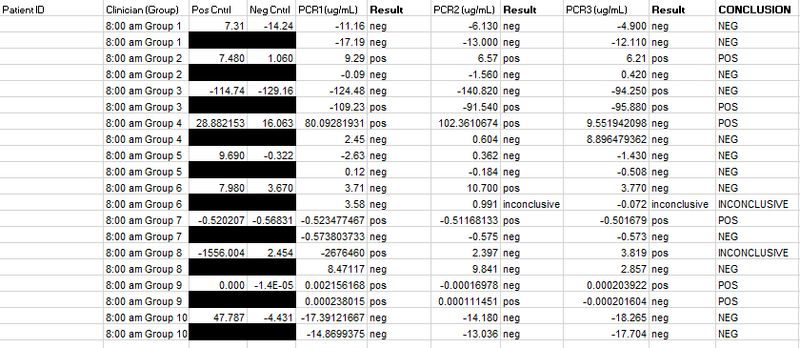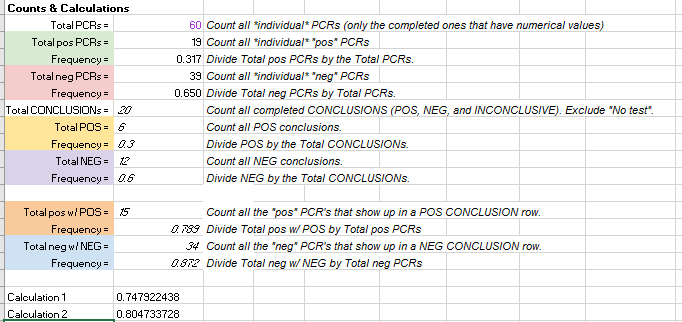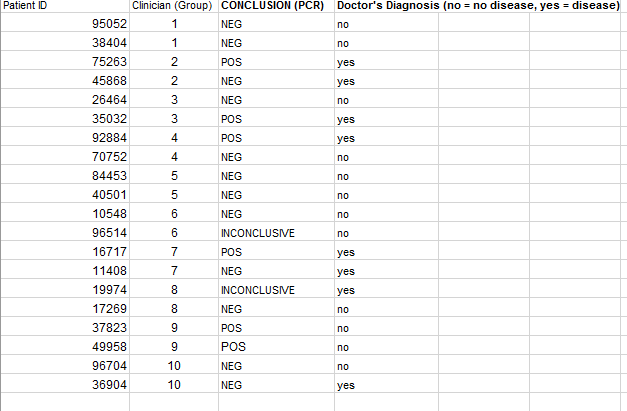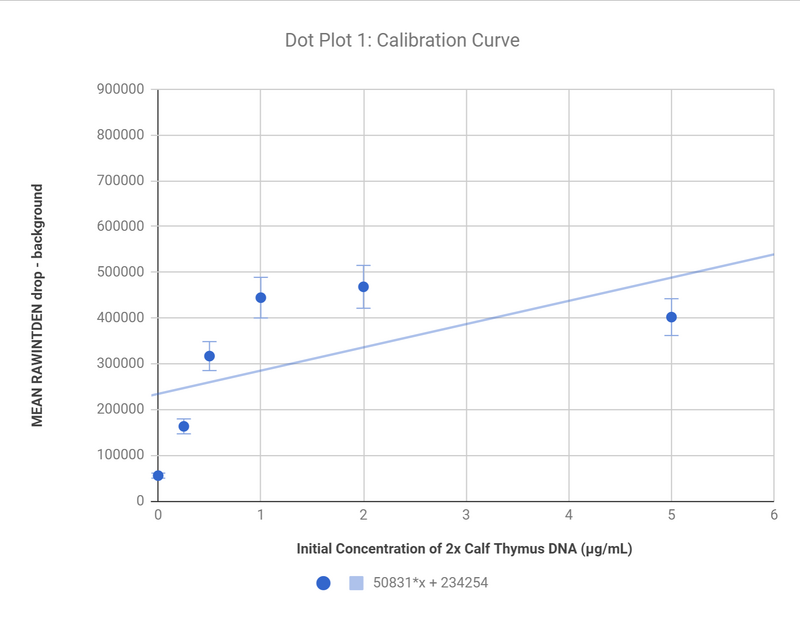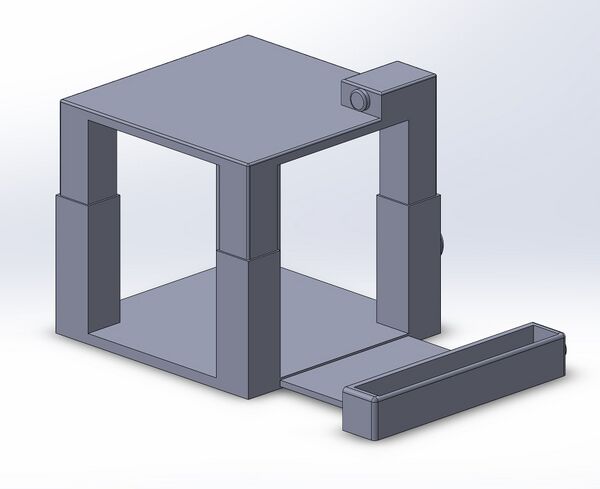BME100 s2017:Group3 W8AM L6
| Home People Lab Write-Up 1 | Lab Write-Up 2 | Lab Write-Up 3 Lab Write-Up 4 | Lab Write-Up 5 | Lab Write-Up 6 Course Logistics For Instructors Photos Wiki Editing Help | ||||||||
OUR COMPANY
Product: FluoroStage LAB 6 WRITE-UPBayesian StatisticsOverview of the Original Diagnosis System Within the BME 100 group there were ten teams of six individuals was used to test patients with the disease-associated SNP. Two subjects were given to each team to study. The groups made an extreme effort to prevent as much error as possible. One way was making sure that the camera quality was clear. The DNA image could not be blurry which can cause an inaccurate result. Another way the prevented error was to take the image three times.This allowed the for the groups to choose the best image to work on just in case something went wrong with the other two photos that were taken. The third method of preventing a source of error would be making sure that the circle measurement using Image J was near or directly on whatever needed to be taken. The groups probably took the measurement more than once to ensure that the data was correct. The challenges that occurred was making sure to implement the measurement of the phone’s camera away from the DNA sample. This could cause an inaccurate data, even if the measurement is off by at least 1 cm. Another problem was ensuring that the measurements of the DNA samples were accurate using Image J. The group could have used the wrong setting which could have provided different results.
The result for calculations one and two implies that the reliability was for the PCR replicates was high . The calculation one was close to 75% and calculation two was roughly 83% which is presumably high. The results for calculations three and four implies that the reliability for the prediction of the development of the disease is also high. This is due to the Bayes value for calculation three was about 89% and the Bayes value for calculation three was about 75% which is presumably high. One of the possible sources of human or machine/device error that could have occurred during the PCR and detection steps that could have affected the results could using the red or blue Image J photo instead of the green when analyzing the photos on image j. Also not correcting the intensity of the focus of the camera. Finally there could not have calculated an accurate enough measurement of how far the phone/ camera was from the PCR. All of these could have tampered with the PCR or the calculations in the detection steps. Intro to Computer-Aided Design3D Modeling Our Design
Feature 1: ConsumablesThe fluorimeter includes:
These starter items will be included in the package to ensure the consumer has the necessary and basic materials for the use of the fluorimeter. The included glass slides will fit the device, be secure, and easily removed and replaced. Two micropipettes will come with a box of 50 replaceable tips and thorough instructions on how to use and prevent cross contamination. Feature 2: Hardware - PCR Machine & FluorimeterOur design includes the fluorimeter, but excludes the PCR machine. The reasoning for the exclusion of the PCR machine is because it is found that most of the flaws of the lab was centered around the flourimeter. The original fluorimeter system was a multi part system with removable parts that needed to be set up prior to use and parts taken off and placed back on during use. Our design implements a single unit which does not require setting up and could be adjusted with the retractable design with utilization of knobs. The single unit system is to address the weaknesses of the original system, which required the placement of the phone to be measured and kept at the position or distance to the droplet being analyzed. Our design has an attached but retractable slot for the phone, where the distance could be adjusted and kept constant. | ||||||||

